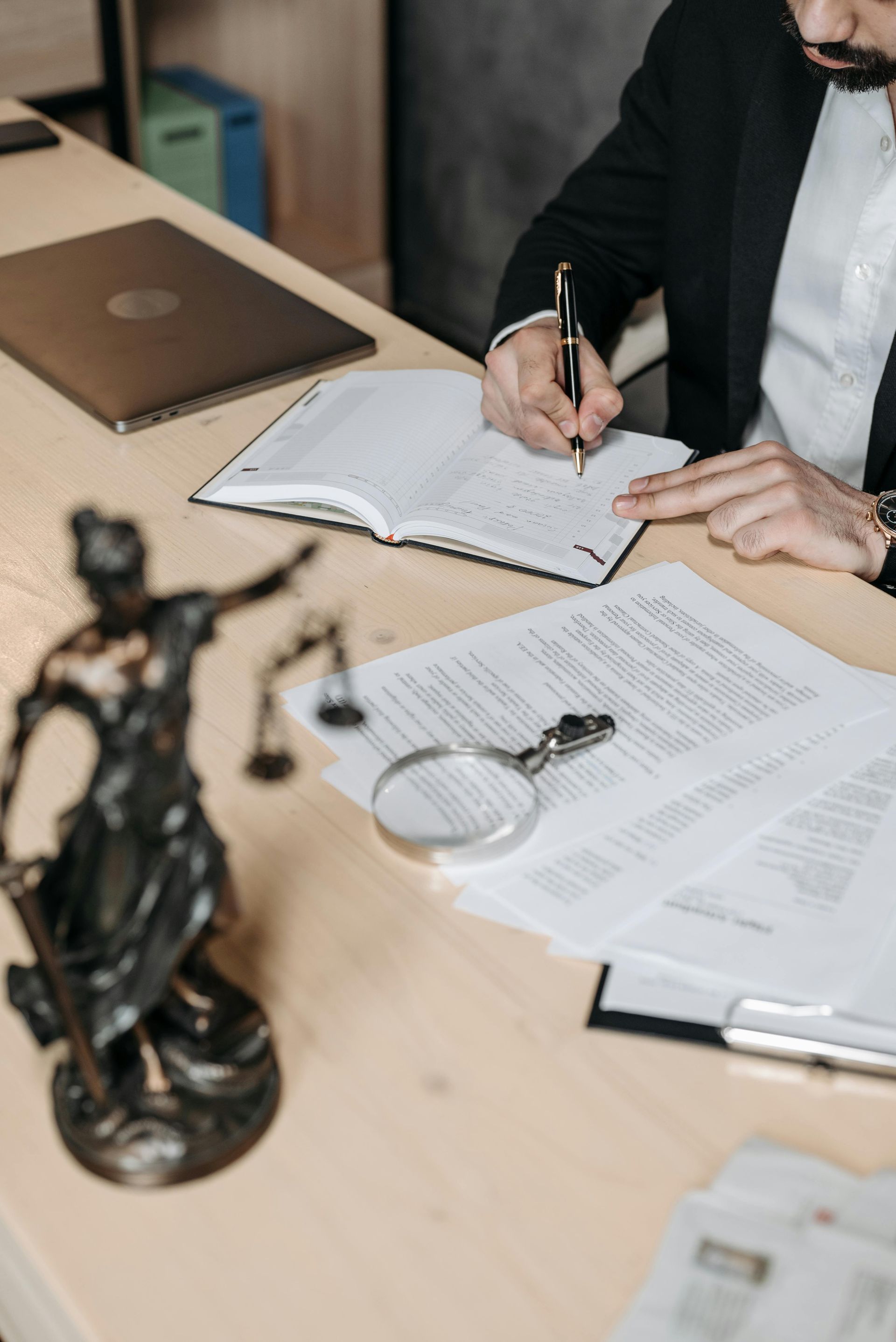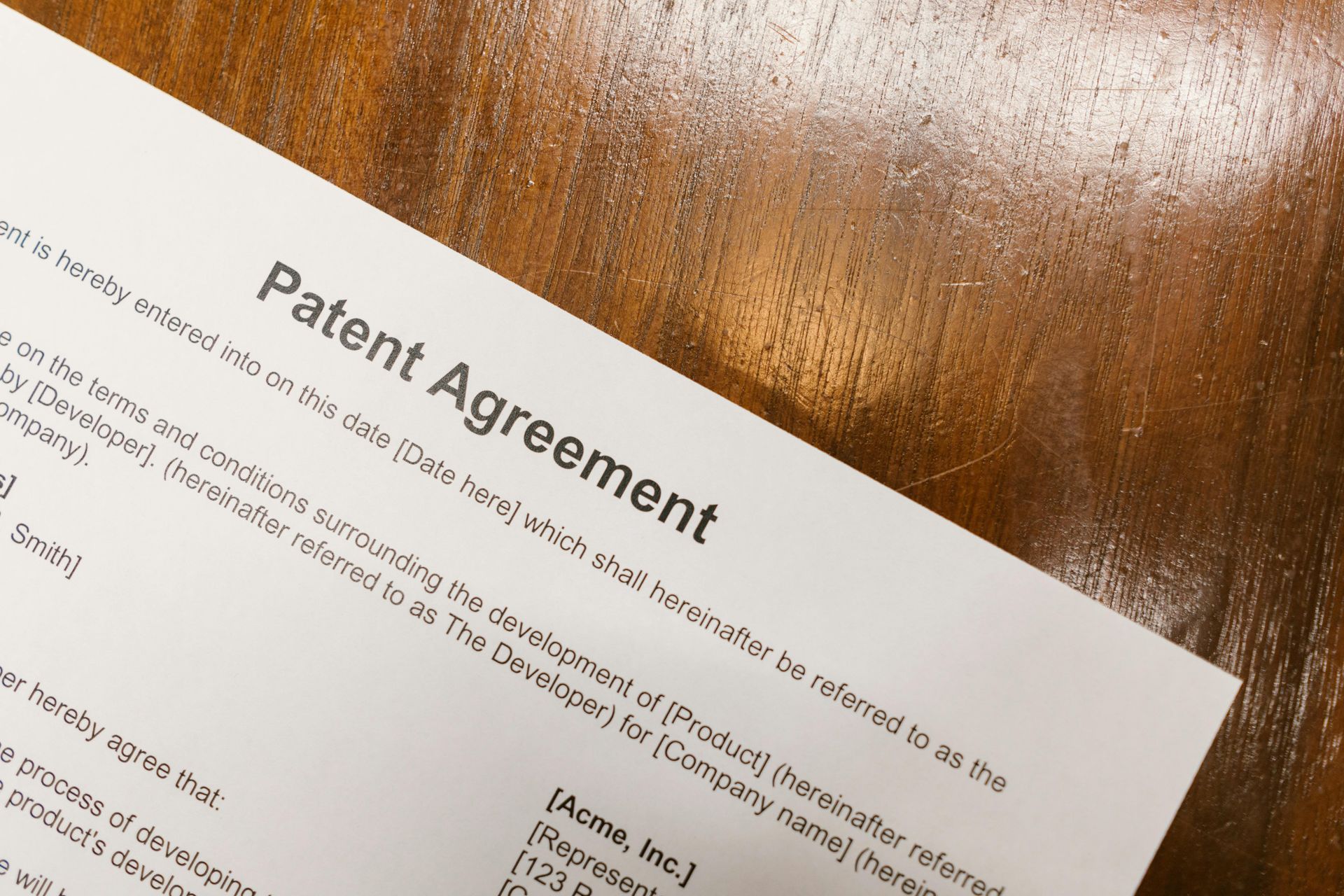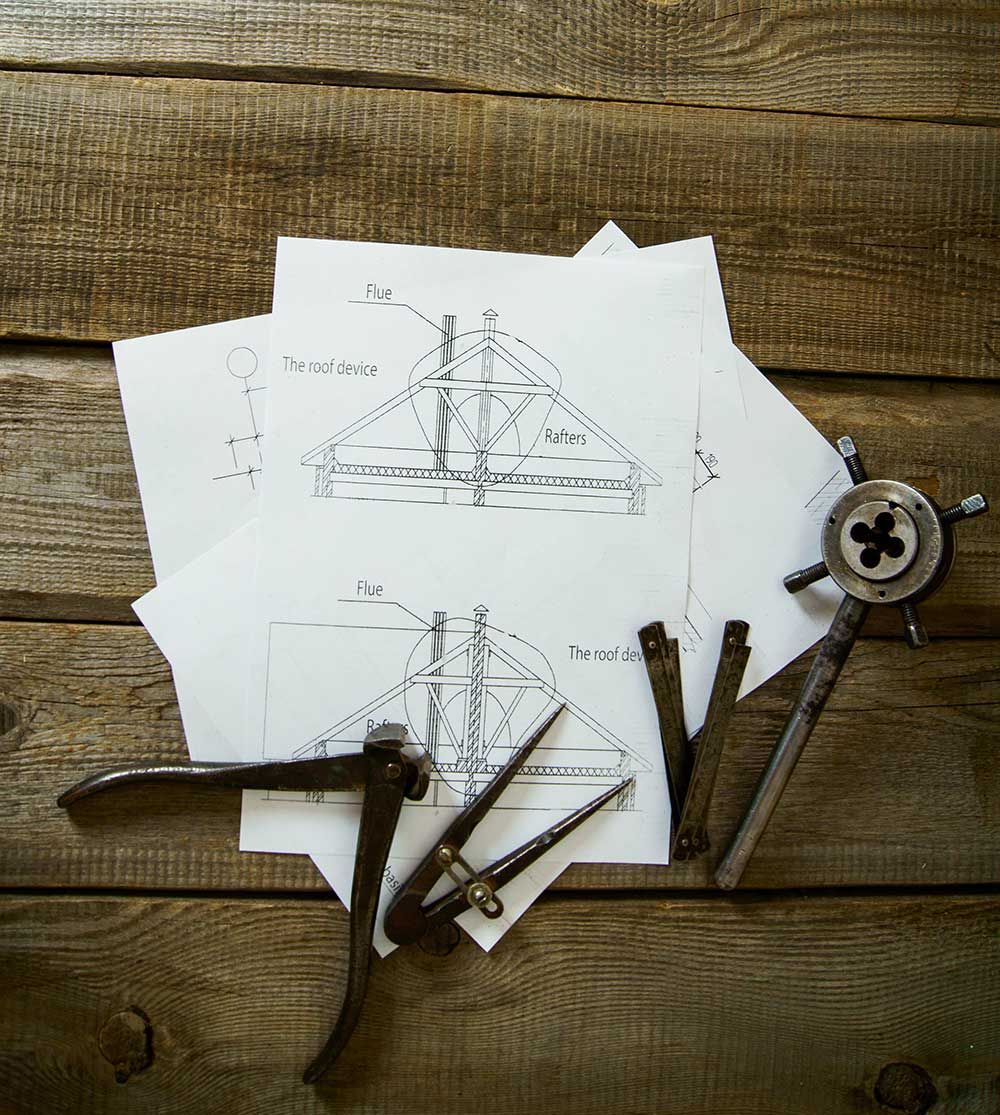Copyright Lawyer for Manufacturers: Protect Manuals, Software, and Media Before Copycats Strike
Your products run on more than metal and plastic. They run on words, images, code, and training, along with innovative technical features that drive your success. That creative work and invention protection represent a dual need, as copycats often target both your expressive content and functional designs first. A skilled copyright lawyer , as part of broader intellectual property strategies for manufacturers, helps you lock down that value with strong contracts, smart registrations, and fast enforcement.
If you build medical devices, auto parts, construction tools, wheelchairs, or defense systems, your creative assets include CAD drawings, user manuals, firmware, UIs, photos, videos, training materials, websites, and marketing content. Copyrights protect these works. Tight paperwork and timely filings reduce risk, speed deals, and help you stop misuse.
This guide gives simple steps, examples from the factory floor, common costs, and a quick checklist you can use right away. Team up with a copyright lawyer and patent attorney as essential partners to secure your full range of protections.
What a copyright lawyer does for manufacturers
A copyright lawyer protects the creative side of your production, complementing invention protection for technical innovations. That includes non-public engineering files and public-facing manuals and media. The goal is to secure ownership across teams and vendors, plan registrations around launches, and reduce risk in regulated or defense work. For comprehensive strategies, securing technical components requires consideration of patent law, and a patent attorney can assist with technical IP strategy.
- Review your asset map, then set ownership and licensing rules.
- Fix contractor and supplier agreements so you actually own what you paid for.
- File copyright registrations at the right time to boost your leverage.
- Build a clean record system so takedowns and settlements move faster.
For a plain overview of what copyright is, see the U.S. Copyright Office’s guide, What is Copyright?
Protect the creative side of your products
What you can protect:
- CAD drawings, exploded views, and assembly guides
- Firmware modules, app code, and GUIs
- Test reports, labels, and IFUs
- Training videos and product photos
- Websites, catalogs, and marketing copy
Copyright starts at creation. Registration adds stronger rights, like statutory damages and attorney fees if you file before infringement or within three months of publication. That timing matters when a rival posts your manual or clones your UI.
Short example: your team ships a new torque wrench with app controls. Register the UI artwork, the app code deposits, and the manual before full release. If a reseller posts your PDF or a clone app appears, you can act fast.
Own it on paper with the right contracts
Ownership does not flow from a purchase order or an NDA. The creator usually owns the work unless a signed assignment or true work made for hire applies.
Key contract points:
- Include work made for hire language and a fallback assignment.
- Require signed assignments before final payment.
- Add indemnification for third-party claims.
- Track who created what and when, including overseas teams.
- Tie invoices to specific deliverables and authorship.
Tip: keep a template rider for designers, photographers, software contractors, and suppliers. Make it part of every SOW.
Registration strategy that fits product launches
Simple plan:
- Batch register manual sets and marketing assets each quarter.
- Register core CAD template packs and major software versions.
- Register UI artwork before broad release.
- For software deposits, submit source code excerpts, not full code, to protect confidentiality.
Early registration improves leverage if you spot infringement on marketplaces or in app stores, similar to how timely patent application filings strengthen protection for inventions. For high-level strategy across IP types in manufacturing, see IP Protection Strategies For Product Manufacturers.
Reduce risk in regulated and defense work
In medical devices and mobility equipment, copied or altered labels, IFUs, and training content can create safety and compliance problems. Keep master files clean, register them, and monitor for copied PDFs.
Defense suppliers face government data rights questions. Track what is developed at private expense versus with government funds. Know which party owns technical data and what rights the government receives.
For context on medical device regulatory support, review Medical Devices and Technology Regulatory.
What copyrights cover in manufacturing, and what they do not
Teams need clear lines. That way you pick the right protection, whether it is copyright, patent, trade secret, or trademark.
Works you can protect right away
- Manuals and training guides: clear ownership, easy licensing to distributors.
- Software and UI: control copies, forks, and skinning.
- Photos and videos: fast marketplace takedowns when listings steal your imagery.
- Packaging and labels: support brand consistency.
- Marketing copy and site content: stop scrapers and clone sites.
What copyright does not protect
Copyright does not cover ideas, methods, processes, or functional features. If the feature is useful or mechanical, think patent. Under patent law, utility patents specifically protect these functional aspects, such as new mechanisms or processes that qualify as novel inventions or non-obvious inventions. Developing a solid patent strategy often starts with conducting patent searches to identify prior art, followed by obtaining patentability opinions to assess viability. Additionally, freedom to operate opinions help ensure your innovations can be commercialized without infringing existing patents. If the value depends on secrecy, use trade secrets and access controls.
For a quick comparison from the government, see Trademark, patent, or copyright.
Copyright vs patent vs trade secret vs trademark
Right typeWhat it protectsWhen manufacturers use itCopyrightCreative expression, like text, images, code, UIManuals, photos, videos, software, and artworkPatentFunctional inventions and designsNew mechanisms, materials, or processes; functional inventions require a USPTO application, often involving a patent attorney for drafting patents to cover novel and non-obvious featuresTrade secretConfidential know-how and dataProcess settings, formulas, source code kept privateTrademarkBrand names, logos, slogansProduct names, series branding, and packaging look
Most companies use a combined strategy across their intellectual property portfolio. Copyright for content and code, patents for function, trade secrets for confidential methods, and trademarks for brand.
Avoid ownership traps with contractors and joint projects
Common traps:
- Overseas design firms without assignments
- Joint development with suppliers where nobody defines ownership
- Missing signatures on final deliverables
- Reusing old templates with unclear rights
Quick fixes:
- Audit creators for each asset, then gather signed assignments
- Add version histories and authorship notes
- Centralize approved templates with license data
When to hire a copyright lawyer and your first 30 days
Bring in a copyright lawyer when the risk or value spikes, especially for creative works like manuals and designs. However, for inventions and technical innovations, consider a patent attorney instead of general counsel to handle specialized protection. The right timing saves money and speeds deals.
Signals it is time to bring in a copyright lawyer
While copyright lawyers focus on protecting original expressions such as content and media, patent attorneys address inventions and processes, requiring distinct qualifications. Copyright lawyers typically hold a JD degree and have passed the state bar exam, providing broad legal expertise. In contrast, patent attorneys must also pass the patent bar exam, often backed by an engineering degree or science background to demonstrate technical knowledge. This differentiation ensures you engage the right professional, whether a copyright lawyer for artistic assets or a patent attorney with an engineering degree and science background for innovative manufacturing elements.
- New product launch or website refresh, for faster content rollout and fewer disputes
- Expanding to new countries, to align filings and licensing
- Onboarding a new design or software vendor, to lock down assignments
- Distributor asks for license rights, to get terms right
- Content scraping or manual copying shows up online, for quick takedowns
- A demand letter arrives, to cut risk and control costs
A simple four step plan to start
- Asset audit: list manuals, CAD packs, software, photos, and videos, while developing a patent strategy to identify potential inventions for patent portfolio management.
- File registrations: prioritize high value works, batch when possible, conduct patent searches, obtain patentability opinions, and request freedom to operate opinions before deciding to draft and file patents or submit a patent application.
- Fix contracts: add assignment, licensing, and indemnity language.
- Train teams: what to save, how to use licensed content, and when to ask legal.
Proof to save to win later
- Keep dated drafts and signed authorship statements
- Maintain repository logs and change histories
- Tie vendor invoices to assignments
- Store watermarked media in a central library
- Preserve emails that show creation dates and approvals
Clean records speed DMCA removals and settlements.
Timelines, costs, and international coverage
In the U.S., registration timing varies. Early filing can help you recover statutory damages and attorney fees if infringement happens soon after release. Many countries honor automatic rights through international agreements, but local enforcement still needs planning and local counsel. Many firms offer flat fees for filings and hourly models for disputes.
For a broader take on manufacturing IP, this overview is helpful: Navigating Intellectual Property Rights in Manufacturing.
Enforce and defend your rights without slowing production
You can act fast without shutting down your lines. Pick tools based on where the copying appears and how urgent the harm is, whether it's quick copyright takedowns or more involved patent enforcement and litigation.
Monitor the market and gather proof
- Run image searches for product photos and packaging
- Scan marketplaces and app stores for copied assets
- Use code scanning for lifted snippets
- Ask distributors for sightings of cloned guides
For technical intellectual property like inventions protected by a patent application, apply technical knowledge to spot subtle copies. Collect clean evidence: screenshots, URLs, timestamps, file hashes, and a short log showing source files and dates. Keep chain of custody for key files.
Quick actions that work
- DMCA takedowns for websites, hosts, and platforms
- Cease and desist letters when direct contact helps
- Notices to marketplaces using your photos or manuals
- Record key registrations with customs to block infringing imports
Each action has different speed and proof needs. DMCA is fast for online copies of copyrights, while patent enforcement often requires consulting a patent attorney for cases of patent infringement. Marketplace programs help when listings steal your images. Customs works for serial import problems.
When a lawsuit makes sense
Goals include stopping the copying, recovering damages, or negotiating fair licenses like patent licensing. Think cost benefit and timeline. Settlement paths are common. Timely registration can unlock statutory damages and legal fee recovery, which changes the math. A successful patent portfolio management strategy aids in these efforts by organizing your protections upfront. For complex issues under patent law, fighting infringement demands the expertise of a patent attorney to enforce patent rights through patent litigation.
If you receive a demand letter
- Do not reply in anger or admit fault
- Collect records, agreements, and version histories
- Check licenses and vendor terms
- Review fair use and independent creation defenses
- Call counsel quickly to set the plan
Speed reduces risk and keeps teams focused on production.
Industry snapshots: how a copyright lawyer helps your sector
Medical devices and mobility equipment
Examples: IFUs, training videos for clinical staff, device UI screens, rehab guides for wheelchairs. Risks: unsafe copied instructions and brand confusion, plus potential intellectual property overlaps with unprotected innovations. Quick wins: register manual sets, get vendor assignments, and use takedowns for copied PDFs; alongside this, consult a patent attorney for patent law compliance in regulatory contexts, including filings with the USPTO to address medical device inventions. For regulatory context and packaging insert practices, see Pharmaceuticals and Medical Devices.
Auto parts and vehicle systems
Examples: diagnostics software, installation guides, wiring diagrams, marketing images. Risks: cloned software and counterfeit listings using your photos. Quick wins: register software versions and image catalogs, then use DMCA and platform removals; a patent attorney can also guide patent prosecution for technical components, involving patent agents to navigate reviews by patent examiners and respond to office actions effectively.
Construction tools and industrial equipment
Examples: safety manuals, exploded parts diagrams, how to videos, mobile apps for tool settings. Risks: scraped manuals and unsafe knockoff guides. Quick wins: batch registrations, update vendor contracts, watermark your content libraries.
Military and defense suppliers
Examples: technical manuals, training media, software interfaces. Risks: unclear ownership in joint projects and data rights issues. Quick wins: add clear assignment language with partners, track authorship, and plan registrations before wide release; to enforce patent rights in sensitive areas, work with a patent attorney on USPTO filings that withstand scrutiny from patent examiners.
For more on full-service copyright help, visit Milano IP’s page on copyright services for manufacturers.
Conclusion
Strong practices in copyright and patent law reduce risk, speed deals, and protect both the creative elements and novel inventions in your products. A focused copyright lawyer and patent attorney —both qualified through rigorous training like passing the patent bar exam—help you secure ownership with clean contracts, register key works and non-obvious inventions on time, handle patent prosecution at the USPTO, and act fast against copying or patent infringement.
This includes expertise in drafting patents, managing patent licensing, and navigating patent litigation when disputes arise. Quick checklist:
- Audit manuals, code, UI, photos, and videos for copyright protection
- Fix contractor assignments and license terms
- Batch register high-value assets before launch
- Consult counsel to draft and file patents for functional innovations
- Save clean proof and version histories
- Use takedowns, letters, and customs when needed
Ready to protect the work your teams produce every day? Schedule a free, no-pressure consult with a patent attorney and set a plan that fits your next launch. For a refresher on core concepts, start with the U.S. Copyright Office’s guide to what copyright protects.
Get a Free Case Evaluation




